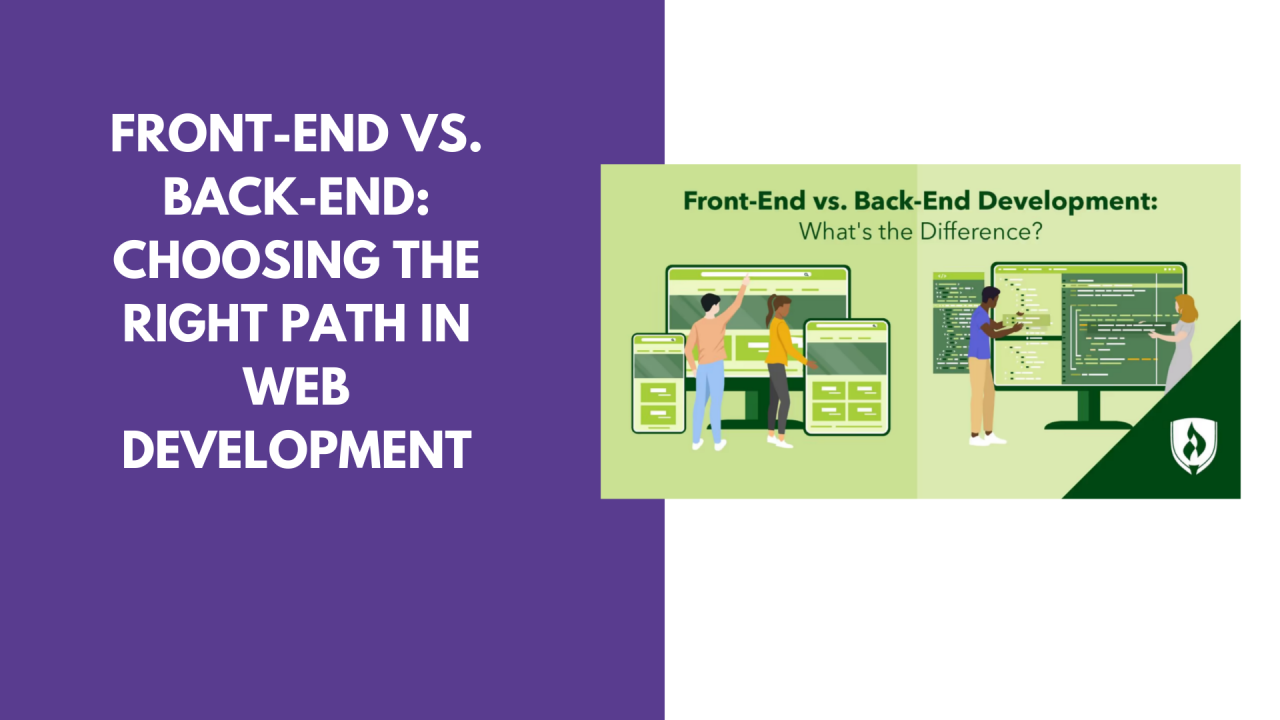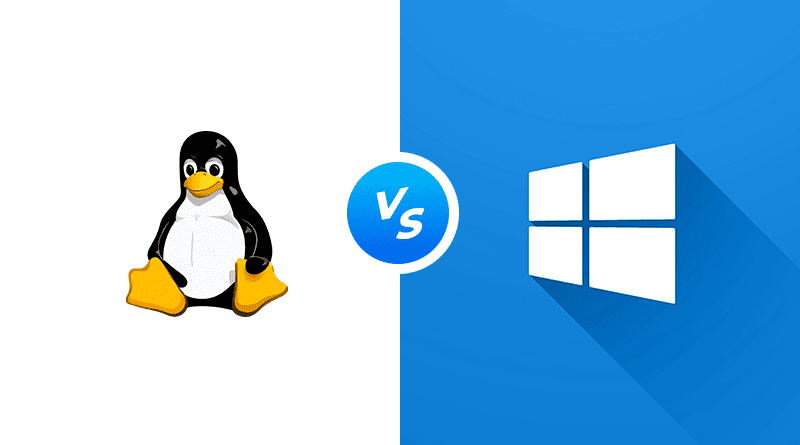In the dynamic field of web development, deciding whether to focus on front-end or back-end development is a crucial choice that can shape your career trajectory. Both areas play integral roles in building and maintaining websites and applications, but they involve different skills, responsibilities, and challenges. In this guide, we’ll explore the key differences between front-end and back-end development, the skills required for each, and how to determine which path might be the right fit for you.
Understanding Front-End Development
What is Front-End Development?
Front-end development, also known as client-side development, refers to the part of web development that focuses on the user interface (UI) and user experience (UX). Front-end developers work on the elements of a website or application that users interact with directly, including the layout, design, and interactive features.
Key Responsibilities
- Design Implementation: Translating design mockups and wireframes into functional, responsive web pages using HTML, CSS, and JavaScript.
- User Interaction: Ensuring that the website or application is intuitive and user-friendly by implementing interactive elements and animations.
- Cross-Browser Compatibility: Testing and optimizing the site to work seamlessly across different web browsers and devices.
- Performance Optimization: Improving load times and overall performance by optimizing front-end code and assets.
Essential Skills

- HTML/CSS: Proficiency in HTML for structuring content and CSS for styling and layout.
- JavaScript: Knowledge of JavaScript to create interactive features and enhance user experience.
- Responsive Design: Understanding of responsive design principles to ensure the site works well on various devices.
- UI/UX Principles: Familiarity with user interface and user experience design to create visually appealing and user-friendly sites.
Understanding Back-End Development
What is Back-End Development?
Back-end development, or server-side development, involves building and maintaining the server-side logic, databases, and application functionality that power a website or application. Back-end developers work behind the scenes to ensure that the front-end operates smoothly and efficiently.
Key Responsibilities
- Server Management: Developing and managing the server-side architecture, including handling requests and responses between the server and the client.
- Database Integration: Designing and maintaining databases to store and retrieve data for applications.
- API Development: Creating and managing APIs (Application Programming Interfaces) to enable communication between different software systems.
- Application Logic: Implementing business logic and functionality to ensure the application performs as intended.
Essential Skills
- Programming Languages: Proficiency in server-side languages such as Python, Ruby, PHP, Java, or Node.js.
- Database Management: Knowledge of database systems like MySQL, PostgreSQL, or MongoDB.
- Server Management: Experience with server management and deployment tools such as Docker, Kubernetes, or cloud platforms.
- Security Practices: Understanding of security best practices to protect data and prevent vulnerabilities.
How to Decide Between Front-End and Back-End Development
Assess Your Interests
Consider what aspects of web development excite you the most. If you enjoy creating visually appealing designs and enhancing user interactions, front-end development might be the right choice. Conversely, if you’re fascinated by server-side logic, databases, and application functionality, back-end development could be a better fit.
Evaluate Your Skills
Reflect on your existing skills and strengths. Front-end development requires a strong understanding of design principles and user experience, while back-end development demands proficiency in programming languages and database management. Identify which skill set aligns more closely with your abilities and interests.
Career Goals and Opportunities
Research the career opportunities and job market for both front-end and back-end developers. Both fields offer promising career paths, but the demand and job roles may vary based on industry trends and technological advancements. Consider which career path aligns with your long-term goals and aspirations.
Try Both Areas
If you’re unsure which path to choose, consider exploring both front-end and back-end development. Many developers start as full-stack developers, gaining experience in both areas before specializing in one. This approach can provide valuable insights into each field and help you make a more informed decision.
Conclusion
Choosing between front-end and back-end development is a significant decision that depends on your interests, skills, and career goals. Front-end development focuses on creating engaging and user-friendly interfaces, while back-end development deals with server-side logic and database management. By understanding the key responsibilities, essential skills, and career opportunities in each field, you can make a well-informed choice that aligns with your passions and professional objectives. Whether you choose front-end, back-end, or both, each path offers exciting opportunities to shape the future of web development.




